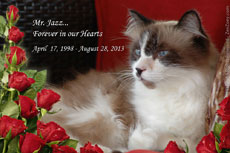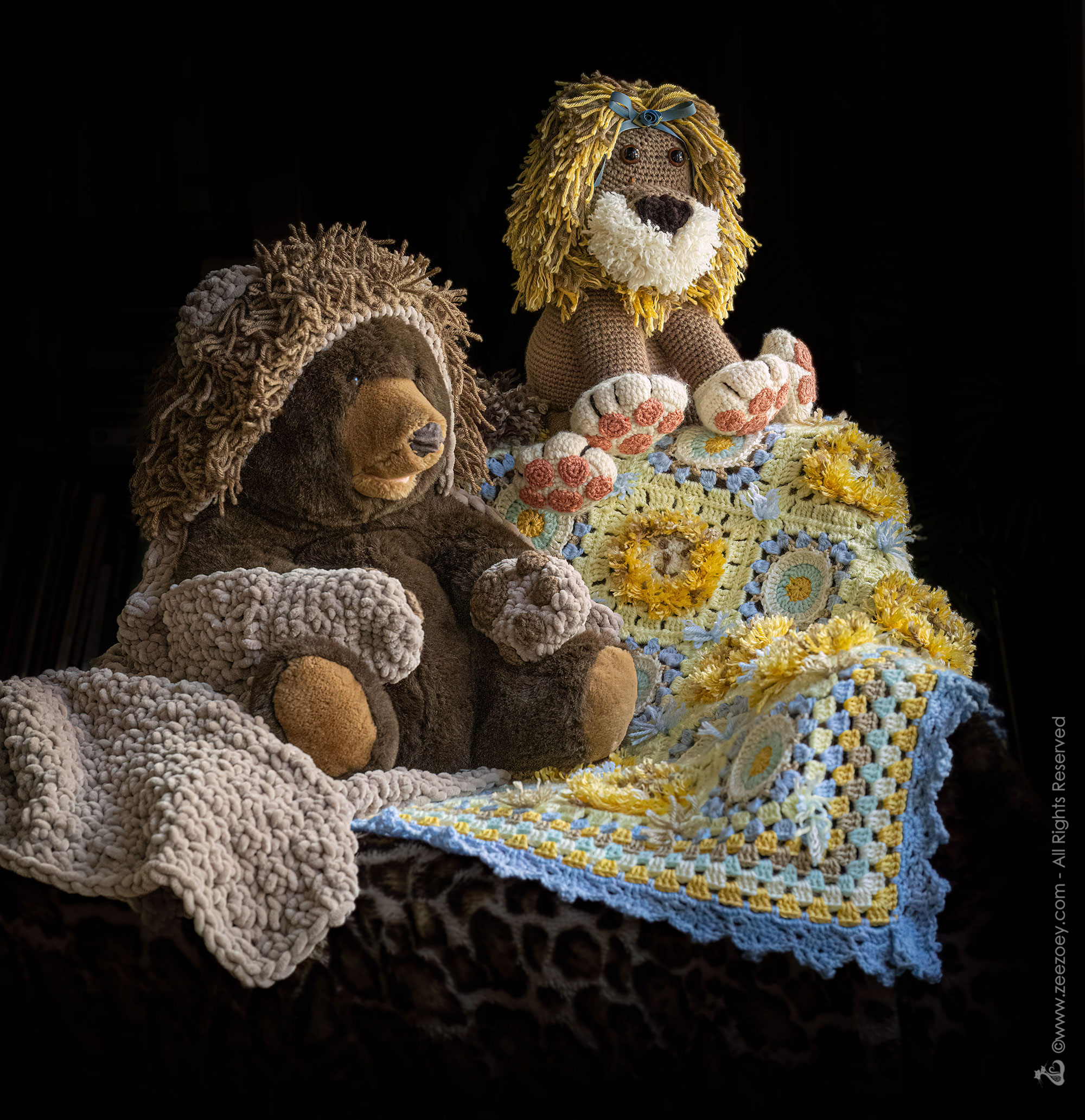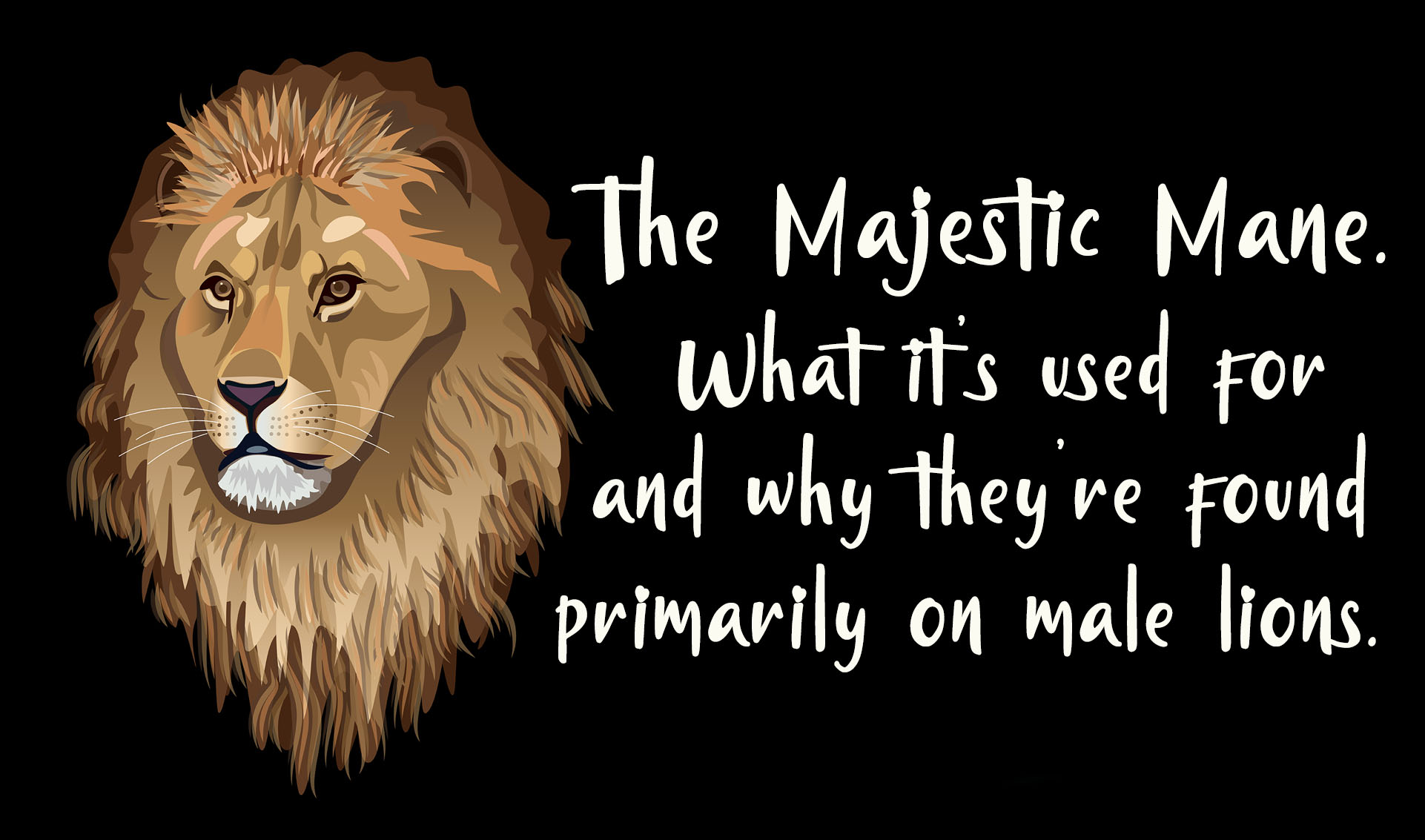The Mane Event – A Discussion About Why Only Lions and Some Domestic Cats Have Them

This image of me from 2009, surrounded by Mia, Peanut, and Rolz epitomizes the past, present, and future of who I am.
For nearly most of my life, I’ve been an avid crocheter. I’m a person who needs center and balance and there is just something calming about the craft. I never tire of the magic of how my fingers, a crochet hook, and assorted colorful balls of yarn intertwine to weave a creation that comes to life before my eyes. Much of the peace also stems from my cats. I truly can’t recall a moment in which one of them is not curled next to me, or on my lap, purring contentedly as I quietly crochet whatever current project I’m working on.
Sometimes I crochet to decompress from stress with no intention, but typically I crochet for a pending milestone moment. You can only imagine my delight then, when my niece shared the news, she was expecting (a boy) and that the theme for the nursery would be lions! Oh my! Crocheting and cat-related!! Initially, I found an adorable pattern and made a hooded lion baby bunting blanket (complete with a curly mane, paw mittens, and a cute tail) and thought that would be it. But once done, I felt the baby needed more, so I designed a blanket with little lion granny squares in jungle colors to match the nursery. Not ever being content, I felt one more gift was necessary. I decided to make a stuffed toy lion using a technique called Amigurumi, which provides dimensional shaping in crochet.
Well, I’ll let the pictures speak for themselves, but the little lion, in particular, stole my heart. I’m grateful he’ll be going to a loving home because I honestly didn’t want to give him up! He’s super cuddly, has an ultra-thick mane with a sweet blue ribbon on his forehead, and a fuzzy muzzle. But I think what pushed me over the edge is his paw pads. Sooooo adorable! Being on lion overload, gave me pause. All the projects I’d completed featured a lion with a mane, because, well, it just makes the project more fun and visually compelling. But what about the ladies? Why don’t female lions have manes? And how about our domestic feline friends? Why do some domestic cats have manes, but others don’t? And why do both male and female domestic cats have manes, but not male and female lions? Let’s dig in, shall we?
 1. The lion is the second largest living cat in the world (the tiger is the largest) and one of the five cats of the genus Panthera which includes: tiger/Panthera tigris, leopard/Panthera pardus, lion/Panthera leo, snow leopard/Panthera uncia, and jaguar/Panthera onca.
1. The lion is the second largest living cat in the world (the tiger is the largest) and one of the five cats of the genus Panthera which includes: tiger/Panthera tigris, leopard/Panthera pardus, lion/Panthera leo, snow leopard/Panthera uncia, and jaguar/Panthera onca.
2. The lion is a hyper-carnivorous land apex predator (aka top predator), which means it is a predator at the top of a food chain, without natural predators of its own.
3. In the past, lions were found across Africa, Asia, and Europe. Today, they are only found in small parts of Africa and the Gir Forest in India and have disappeared from 95% of their original range, primarily due to human-wildlife conflict, diseases, natural prey decline, habitat loss, climate change, and wildlife/poaching trade.
4. They are the only social big cats living in groups of pride; a family unit, usually composed of one to three males and several related lionesses and their cubs. The females stay with the group all their lives, while males can have territories that encompass multiple female prides. Or they leave the group to form their own through the takeover of an existing pride.
5. Males play a role in defending the pride and their territory and the females are the hunters, often hunting in a group. Non-pride males, nomadic males, or those who usurped the pride males are frequently infanticidal, killing cubs to hasten the onset of estrus among pride females. Defending against incoming males is therefore essential for both pride males and females.
6. A lion’s roar is used to communicate and is so mighty, it can be heard from up to 5 miles away (a roar can reach up to 114 decibels—the same noise level as a chainsaw or a snowmobile, according to Laura Kiniry of African Safaris, Nature & Wildlife). A roar is used to “talk” with other lions, gauge strength, ward off potential intruders, protect territory, and for males, a way to attract a female by signaling his overall prowess. Only lions, leopards, tigers, and jaguars can roar. This is due to their large vocal folds, which form a square shape that allows for large vocal vibrations at less lung pressure, resulting in a booming sound that travels for miles.
7. The lion is usually more diurnal (a behavior characterized by activity during daytime, with a period of sleeping or inactivity at night) than other wild cats; benefiting from less competition from other predators looking for food or territory, but when provoked, it adapts to being active at night and at twilight.
Lions are also the only members of the cat family to display obvious sexual dimorphism, i.e., males and females look distinctly different; most notably distinguished by the majestic mane the male lion sports, which the female does not. However, according to Alumni Ranger, Dean de la Rey of the Londolozi conservation game preserve on the banks of the Sand River in South Africa, “There are cases of lionesses that have been seen sporting signs of a mane due to hormonal imbalances*, and it is not uncommon for some males to lack manes.” But these are the expectation of the rule, which brings us to:
1. Manes are used by males to attract females. The longer and darker the mane, the more powerful and fit the lion is in the pride. This is linked with higher testosterone levels, which generally means increased aggression and therefore a greater likelihood of the male taking over territory.
2. Manes protect a male lion’s neck when they are fighting face to face with other males (though most attacks on males involve flank and rear, as this is where he will have the least amount of defense). As males age, manes grow and darken, which makes them look more intimidating, aiding in ensuring young males don’t confront the elder to take over his territory. However, according to de la Rey, manes grow at different rates due to genetics, as well as other factors such as nutritional intake, climate, and stress, so the bigger and darker manes don’t always mean that a male is the oldest.
3. Testosterone plays a significant role in mane development. For example, a castrated male lion will not produce testosterone and will lose its mane.
4. Regional differences play a role in mane development. Asiatic lions found in hot climates have relatively shorter manes compared to their cousins in Africa, and Asiatic lions found in Gir Forest in India have a darker mane compared to African lions such as those found in the tropics of Tsavo in Kenya.
For all the above reasons, male lions have evolved with the development of manes for their survival, and they are the only big cat to sport this glorious wreath of hair. Although they don’t share this commonality with others from their genus, they do share it with the Felis silvestris catus – i.e. the domestic or house cat – with fluffy neck ruffs seen in breeds including the Maine Coon, Norwegian Forest, Persian, Siberian, Ragdoll, Birman, Himalayan, LaPerm, Ragamuffin, and Turkish Angora. Considering TICA (the International Cat Association) currently recognizes 73 standardized breeds of cats (this does not include the numerous cats that are not distinguished by breeds), why do some breeds/mixed breeds have manes, and others don’t?
1. For breeds such as the Norwegian Forest cat, Maine Coon cat, and Siberian cat, a colder habitat was akin to their native environment and the mane was a natural cold-weather adaption to keep them warm, much like a scarf.
2. Climate and temperature play a role in the thickness of the mane. In winter, coats are warm and dense, and, in the spring, they shed their downy winter undercoat and sport a glossy, less-dense coat for the warmer season. In warmer climates, a mane may not grow as thick, and the cat may shed throughout the year.
3. The natural coat of the Norwegian Forest cat, Maine Coon cat, and Siberian cat contains substantial oil that prevents the bib from knotting and tangling, and brushing is required only about once a week. Long-haired cats who are selectively bred for the trait, such as the Persians and Himalayans, however, need extensive grooming to keep them beautiful and mat-free.
4. A neck ruff can take time to develop and become noticeable, sometimes taking several years to fully grow. The ruff also typically grows from the ears down, framing the cat’s chest with a longer bib, unlike lions in which the mane fully frames the face, including between its ears.
5. Manes are not used by domestic male cats to project sexual prowess onto females, nor are they a development to aid in protection from fighting with other male cats.
6. Unlike lions, dimorphism is not a trait of domestic cats, and in breeds and long-haired mixes that have manes, both males and females can sport a neck ruff. I know this from personal experience, as I was blessed for sixteen years with a purebred, male Maine Coon in my life, Zee, and we also have a gorgeous female rescue cat, Jazmine, who we believe to be a Siberian.

Zee, a male Maine Coon, and Jazmine, a female Siberian. It is quite evident that both sexes can sport a gorgeous mane.
So that’s it…some facts on the mane. All because of a few crochet projects! It’s rather fascinating and I hope I’ve inspired you to learn more on the subject, or at the very least, to learn how to crochet if you don’t already as it’s a wonderful craft you can share doing with your cat!
* According to the World Atlas, in 2011, at the National Zoological Garden in South Africa, one female lion known as Emma developed manes. Tests carried out revealed high levels of testosterone because of a problem she had with her ovaries. When they were removed, she changed to a typical lioness. Other lionesses in Botswana have been seen to have manes, and although they mate, they do not reproduce, due to high levels of testosterone. Five different cases of the maned lionesses were observed in the Okavango region, suggesting there could be a genetic underpinning of the phenomena.




























Adorable crocheted lion, and interesting facts about manes! Two of our random bred (from a now spayed feral mom) cats have long fur and manes. One is a girl and one is a boy.
What a great post, Deb! You always outdo yourself. Fascinating information.
Being rather “wordless” this morning, I just wanted to wish you and your family the best Holiday Season- and many, many years ahead so kitties can find you and make your heart beat with so much love.
Jo, Marty, Aki and Edgar Allan Poe
The famous lions called The Ghost and The Darkness were non-maned male lions.
There have been many longhaired cats in my life, both male and female; and when we moved to the high desert at 4,100 feet, my beloved angel (and domestic longhair) Rani’s mane increased dramatically, both in length and denseness, as did the rest of her coat, and her tail! Himalayan-ish Lady Kinoko and Birman-y Tashi didn’t look markedly different, though.
As for crocheting, I learned how a long time ago. Anyone wanting a crocheted string can put in their order 😉
What gorgeous lion-themed creations!!! The lion is my favorite among the big cats.
Hope the baby and The Lion will have a long happy life together !
Your lions are as cute as can be and that was very interesting lion tails. Merry Christmas Deb.
Great post. And you are very talented. All I can crochet is small cat toys. XO